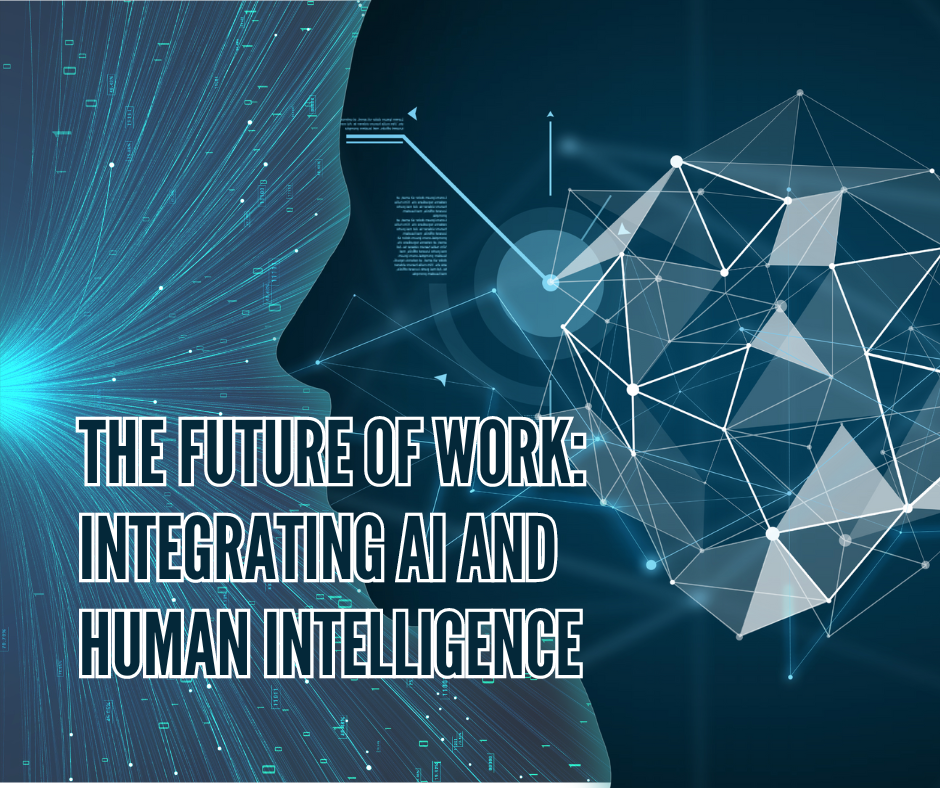
In an era where technology is advancing at an unprecedented pace, the future of work is increasingly intertwined with artificial intelligence (AI). AI has the potential to revolutionize business operations, driving efficiency and innovation across various sectors. However, the key to unlocking its full potential lies in creating a balanced approach that integrates AI with human intelligence. This synergy can lead to enhanced productivity, creativity, and overall workplace satisfaction. In this article, we will explore how businesses can effectively combine AI and human expertise to shape the future of work.
AI encompasses a range of technologies, including machine learning, natural language processing, and robotics, that enable machines to perform tasks traditionally done by humans. These technologies can process vast amounts of data, recognize patterns, and make decisions with remarkable speed and accuracy. From automating repetitive tasks to providing insights through data analytics, AI can significantly augment human capabilities.
While AI excels in processing data and automating tasks, there are areas where human intelligence remains indispensable. Creativity, empathy, and judgment are inherently human traits that AI cannot replicate. For instance, creative problem-solving, understanding complex social dynamics, and making ethical decisions require human insight and emotional intelligence. Therefore, a balanced approach must leverage the strengths of both AI and human intelligence.
1.Enhancing Human Skills with AI Tools
Businesses can empower their employees by providing AI tools that enhance their skills and capabilities. For example, AI-powered analytics can help marketing teams gain deeper insights into consumer behavior, allowing them to create more targeted and effective campaigns. Similarly, AI-driven software can assist customer service representatives in providing faster and more accurate responses.
2. Fostering a Collaborative Culture
To successfully integrate AI, businesses should foster a collaborative culture where AI and human intelligence work hand in hand. Encouraging cross-functional teams to collaborate on projects that involve AI can lead to innovative solutions that neither humans nor AI could achieve alone. This collaborative approach can also help employees feel more comfortable and confident in using AI technologies.
3. Continuous Learning and Development
As AI technologies evolve, continuous learning and development are crucial. Businesses should invest in training programs that help employees understand and work with AI tools effectively. This not only improves productivity but also ensures that employees remain relevant in a technology-driven workplace.
4. Ethical AI Practices
Integrating AI into the workplace also raises ethical considerations. Businesses must ensure that their AI systems are transparent, fair, and unbiased. Establishing ethical guidelines for AI use and involving human oversight in decision-making processes can help maintain trust and integrity.
5. Balancing Automation and Human Touch
While automation can significantly improve efficiency, businesses should be mindful of maintaining a human touch in areas where it matters most. For instance, customer service interactions, especially those involving complex or sensitive issues, benefit from human empathy and understanding. Striking the right balance between automation and human interaction can enhance customer satisfaction and loyalty.
The future of work lies in the harmonious integration of AI and human intelligence. By leveraging the strengths of both, businesses can drive innovation, improve efficiency, and create a more dynamic and fulfilling workplace. The key is to enhance human skills with AI tools, foster a collaborative culture, invest in continuous learning, uphold ethical AI practices, and balance automation with the human touch. As we move forward, this balanced approach will not only shape the future of work but also unlock new opportunities for growth and success. By embracing this evolution, organizations can also adapt to the growing demand for flexible work environments, ensuring employees remain engaged and productive regardless of location. Implementing robust remote work infrastructure tips, such as leveraging cloud-based collaboration tools and prioritizing cybersecurity, is essential to sustaining this shift. Together, these efforts will enable companies to thrive in a rapidly changing global landscape while empowering individuals to reach their full potential.